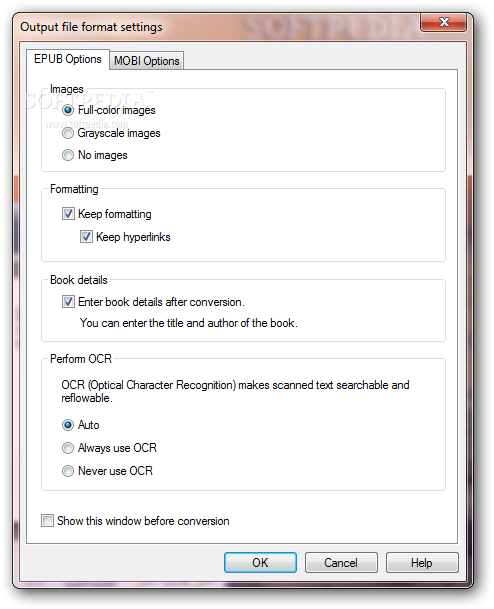Do Gazu Borowski Pdf Writer
Monster hunter tri usa for pc dolphin emulator wikipedia. Monster Hunter Tri Usa Download For Pc Dolphin Emulator Apk. 5/28/2017 0 Comments There is already a 3DS emulator. It is still in development and some trial versions are being released. Game monster hunter tri psp usa monster hunter p3. Gold monster hunter tri. Apk monster hunter tri iso. ISOs » PSP » M » Monster Hunter Portable 2nd G. Monster Hunter Tri Download For Dolphin Emulator. Monster Hunter Tri WII ISO delineate an ecosystem where man co exists with fantastic beasts that roam both the land and the sea. Featuring both online and offline cooperative modes, players can join online hunting parties with up to four players or play with two players on a single TV for select quests. File: monster hunter tri usa pc dolphin emulator.exe; Total Downloads: 20643. Monster Hunter Tri Wii Game Torrent. Monster Hunter was able to incorporate a remarkable RPG to the game together with an. Download Monster Hunter Tri Wii ISO. Monster Hunter Tri, known in Japan as Monster Hunter 3, is the third console installment in the Monster Hunter franchise, developed by Capcom and released for the Wii in Japan on August 1, 2009.Monster Hunter Tri was released on April 20 2010 in North America, Europe, and Australia.


Do Gazu Borowski Pdf Writer Free
Do Gazu Borowski Pdf Writer Online
- Tadeusz Borowski (Polish pronunciation: [taˈdɛuʂ bɔˈrɔfskʲi]; 12 November 1922 – 1 July 1951) was a Polish writer and journalist.His wartime poetry and stories dealing with his experiences as a prisoner at Auschwitz are recognized as classics of Polish literature and had much influence in Central European society.
- 'This Way for the Gas, Ladies and Gentlemen' Notes and Background. -made him the foremost writer of the 'literature of atrocity'-his fiction is still read. Borowski and fiance Maria Rundo were arrested and sent to Auschwitz 2 months later.
The Obligatory Horrors: Translating Tadeusz Borowski's Holocaust Narratives into German and English. Conan the barbarian 2011hindi 720p. Borowski's text is being translated into a literary. Borowski'stexts are about experiments with ways of writing, and about the education of a writer, about exploring and questioning form, genre, narrative and language.